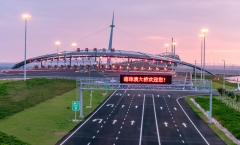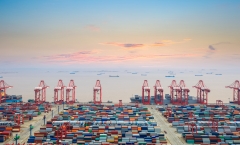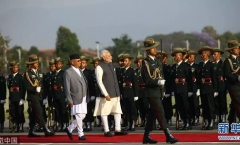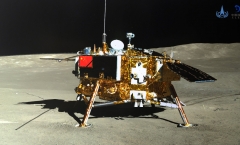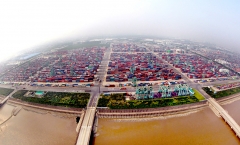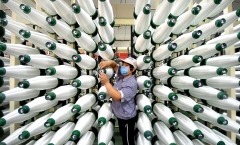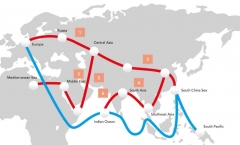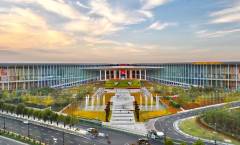Greater Bay Area: Prospects and Challenges
The recently announced Guangdong-Hong Kong-Macao Greater Bay Area is an ambitious initiative to link different cities in the Pearl River Delta region into a dynamic financial and innovative powerhouse. As a prominent part of China’s national strategic plan, the proposed link involves 11 cities with a combined GDP twice that of San Francisco’s Big Bay and close to the similar scheme of New York. The region also has combined trade of US$1.5 trillion, more than three times that of the Tokyo Bay Area. In fact, the combined economic size of the Chinese Bay Area is comparable to Canada as the world’s tenth largest economy. A new vision for Hong Kong’s role in the regional cooperation is necessary to achieve mutual benefits and maintain overall competitiveness. As part of the integration plan, a series of large-scale infrastructure and transport projects, in particular the 26-km Guangzhou-Shenzhen-Hong Kong Express Rail Link (Hong Kong Section) and the 55-km Hong Kong-Zhuhai-Macao Bridge, both opened in the second half of 2018, are vital links to facilitate the flow of people, goods, services, and capital. This in turn allows the concept of a “one-hour living circle” embedded in the Greater Bay Area project to be thoroughly realized. All these infrastructure developments are indeed highly effective in reducing the time and cost of overall integration. Hong Kong could […]
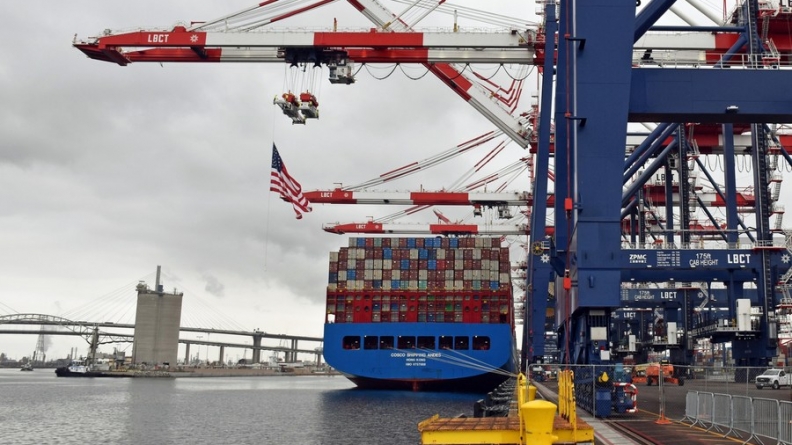
 Facebook
Facebook
 Twitter
Twitter
 Linkedin
Linkedin
 Google +
Google +
